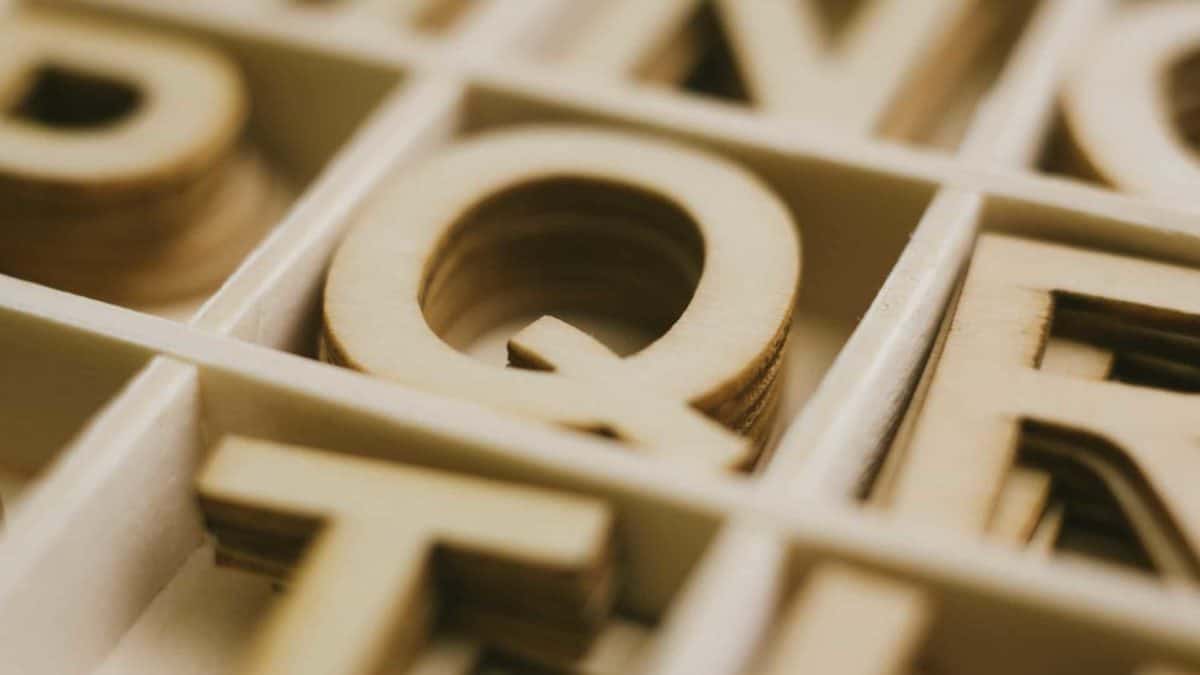
Font plays a significant role in both typography and web page design. It serves to communicate any message or idea. Various typefaces denote different psychological meanings (sincere, serious, rigid, fun, and more).
Many font types are consistently popular due to their easy-to-read and appealing look, not to mention their broader availability. The internet and many operating systems (Windows, for example) are the huge libraries of an immense database of default fonts.
Other fonts are more likely to cause disaster to any designs due to inappropriate uses. They often play tricks on our vision, triggering pain in the eyes or eye fatigue. Accordingly, based on experience, you should learn which fonts you better avoid for any purpose.

You probably see this curly-like font type mostly in party invitations. They are indeed endearing but hard to read.
In 1995, Carl Corssgrove and Steve Matteson originally designed and added it to the Windows default fonts.
Thank you for reading this post, don't forget to subscribe!
Once a mainstream due to recurrence copy, people are increasingly getting tired of them. Some of the reasons are:
One of the most prominent examples of the 2012 Headline font is the 2012 London Olympic Games logo. Designed by Gareth Hague, this is a 1997 Klute typeface that has a unique design combining blackletter and graffiti ideas.
People found it differently uncomfortable. One of the reasons is the perfectly round “o” letter, which makes people jolting.
Being widely discussed and teased, the use of this typeface fell out after the 2012 Olympics.
Designed Geoffrey Lee in 1965, you will commonly find this font on documents. It is indeed easy to read but somewhat excessively skinny and amateurish for professional designers.
Released by Microsoft in 1994, Comic Sans MS is one of the basic Windows fonts. Inspired by the comic book’s letter styling, Vincent Connare designed this font as a child-oriented typeface.
Unfortunately, it became cliché—where a lot of people love thus overuse it, particularly in inappropriate purposes or situations.
You better avoid this typeface when you want formality, such as for rules or signboards (at swimming pools, for example), formal announcements or events, memorial plaques, grave inscriptions, and more.
Also, you better never resort to this font type when you want to design business websites or warning signs. Your audiences will only take them as a joke rather than a serious matter.
Times New Roman and Arial are the most common default fonts in Windows or other computer programs. However, they surprisingly can hurt your eyes due to the petite tails on the end of each letter – serifs. They force you to stare at them longer so you can recognize a word, causing your eye exhausted.
The above list essentially is not trying to discriminate against certain font types. It, rather, provides alternatives you better should avoid thus stop using in the future. Consequently, you need to choose and use fonts based on your most suitable needs or occasions to promote legibility and prevent eye fatigue.